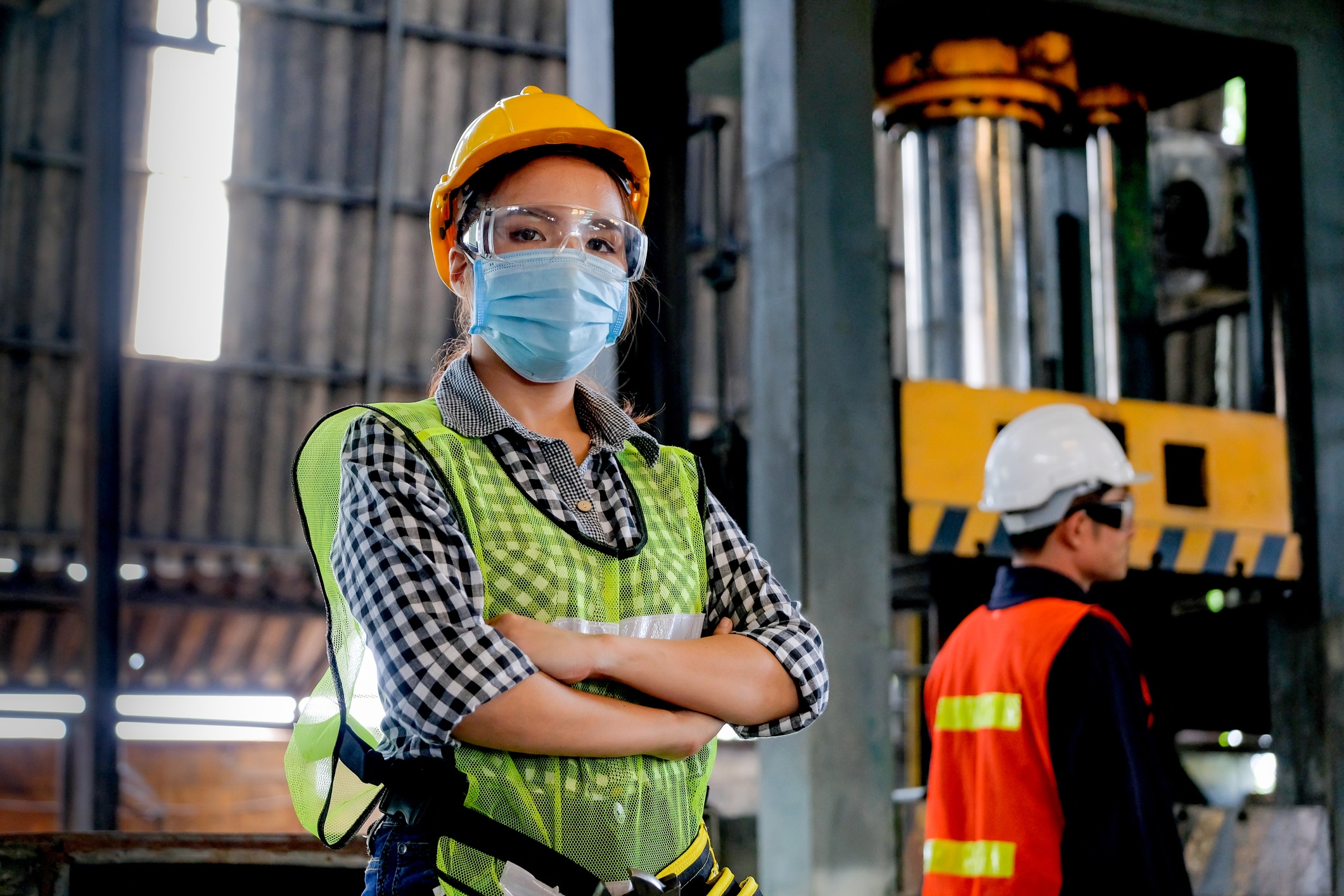The number one priority for occupational health is the safety of workers on a project site. As the spread of COVID-19 continues, occupational health has adapted by incorporating more precautions and equipment to maintain the safety and health of workers and medical providers.Â
With different prevention tactics and new enforcement of the Occupational Safety and Health Administration (OSHA) standards, medical providers must use methods calibrated to account for COVID-19 to safely interact with workers on a project.
Remote Medical International has researched the updated COVID-19 OSHA standards and has implemented them into the process our medical staff uses for on-site precautions.
New Developments in Medical Staffing
Medical providers face new precautions and tasks when dealing with COVID-19. According to our Senior Medical Director, Dr. Richard Misiaszek, providers now perform daily screenings before workers enter a project site.Â
Providers look for symptoms, including a fever, by using temperature screenings. They also often use a verbal screening as well. Whether a worker is approved to enter the site or not, an on-site provider can provide up-to-date information about COVID-19.
Precautions for medical staff include using OSHA standards for personal protective equipment (PPE). Gloves, eye and face protection, along with respiratory protection, are all essential when working with patients who have the virus or are possible carriers.Â
According to Misiaszek, there’s an increase in the amount of PPE required for medical staff because of the virus, including facemasks, face shields (or goggles), gowns, and gloves. In addition, there are new PPE cleaning recommendations to follow as well.
Despite following PPE recommendations, there is still a chance that medical staff who are screening employees may fall ill themselves. To account for this, RMI also increased staffing in case a provider falls ill with COVID-19.Â
In the absence of testing, telemedicine has become increasingly useful for diagnosing COVID-19. “Providers (at a project site) need to know how to manage a suspected case of COVID-19. As such, they follow detailed guidance on this matter and engage in close communication with our [team of telemedicine physicians],†said Misiaszek.  Â
Providers are also encouraging workers to self-quarantine if they report symptoms or become ill. It is essential to remove any workers that self report from the population to reduce the spread to other workers.
Updated OSHA Standards
In response to COVID-19, OSHA has updated their website with new on-site standards for PPE, environmental controls, and medical records. Below is a list of updates.Â
- OSHA now requires PPE for all personnel and, when respirators are necessary, there are specific Respiratory Protection Standards to follow.Â
- General environmental controls have updated sanitation standards and toxic and hazardous substances standards.Â
- The updated toxic and hazardous standards include access to medical records and employee exposure records, bloodborne pathogens, hazard communication, and occupational exposure to dangerous chemicals in labs.Â
Along with updated standards, OSHA will start enforcing new rules following the spread of COVID-19. Enforcement includes a required annual fit testing, health care respiratory protection, equivalent respiratory protection of other health standards, selection of respirators, and recording cases of COVID-19.Â
Our medical staff are fully equipped with the proper response tools for COVID-19 patients and are well-versed in the new OSHA standards.Â
Contact us today to learn more about how our medical staffing services for COVID-19 can help keep your projects on-track and on-time.


